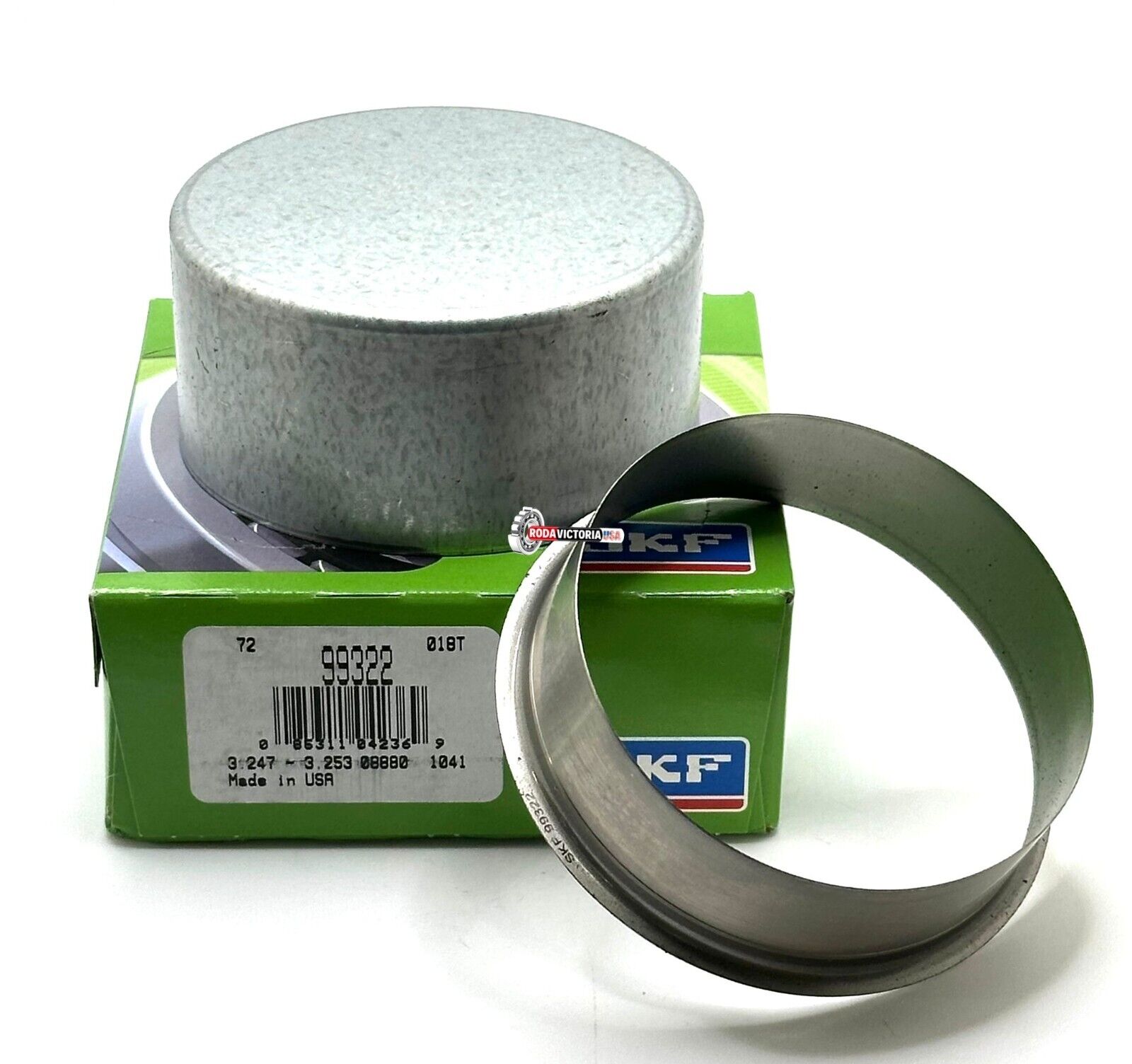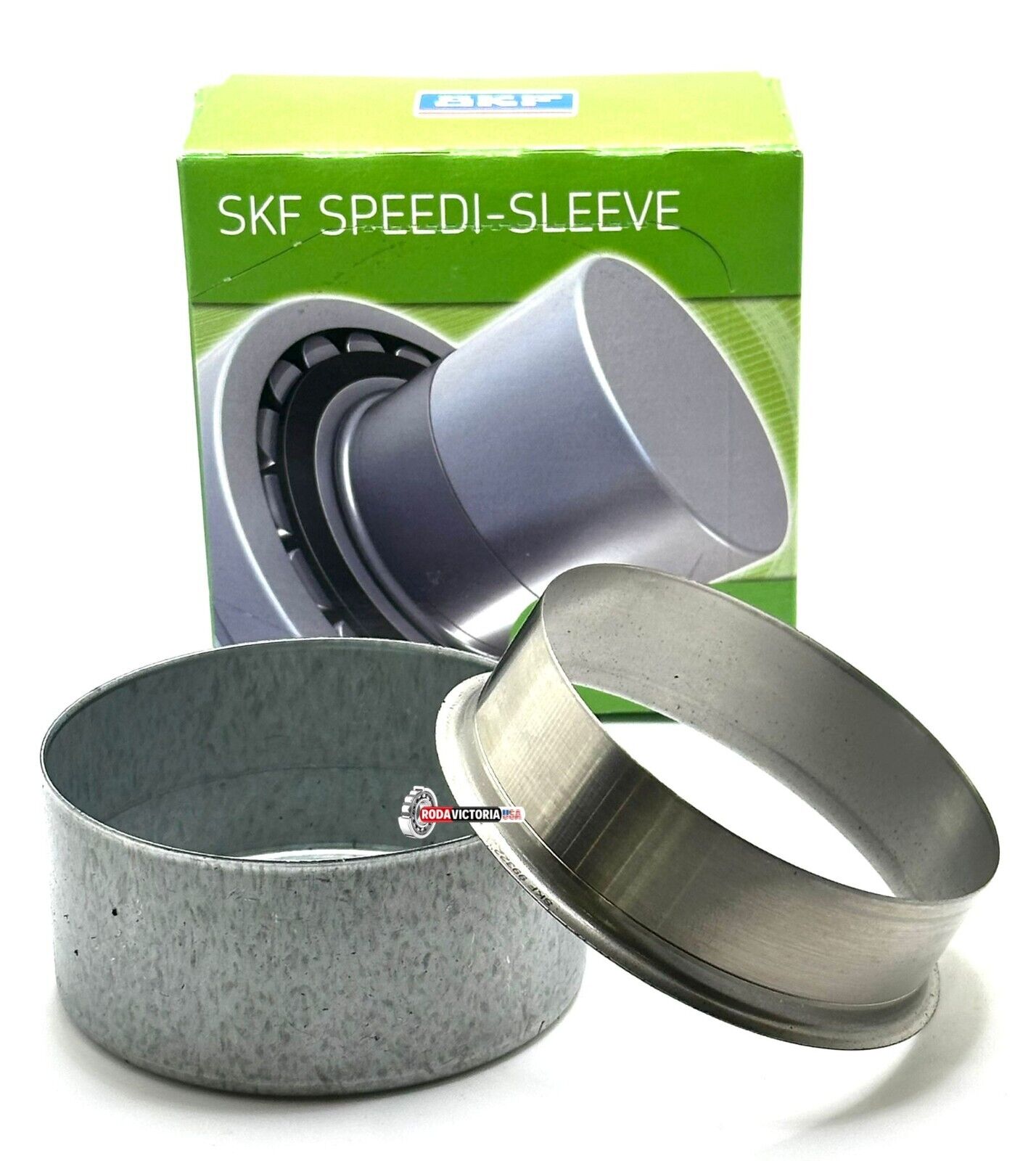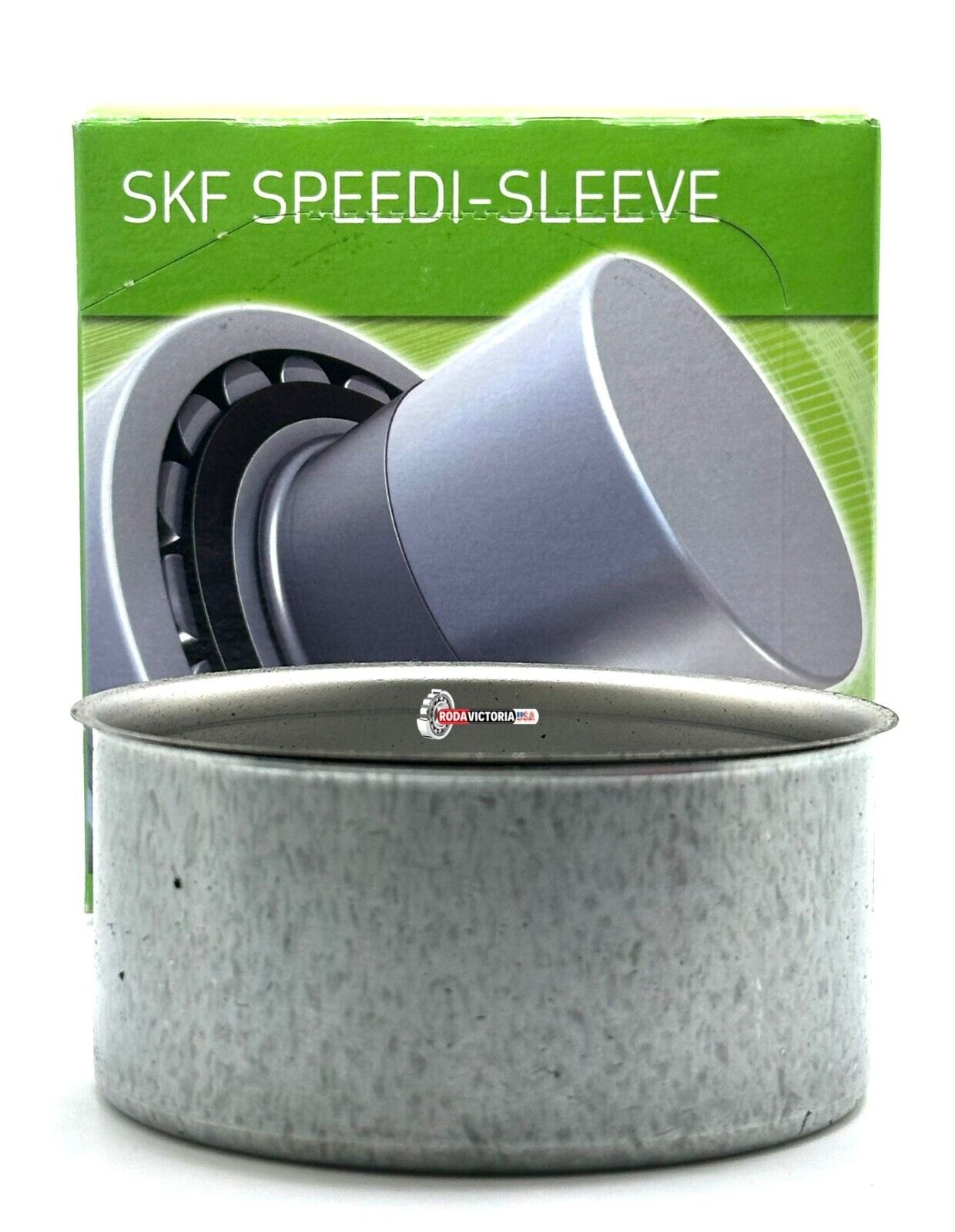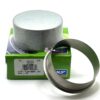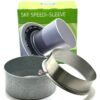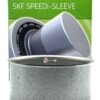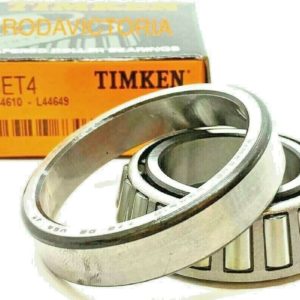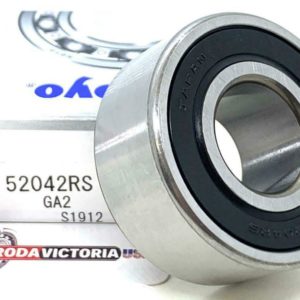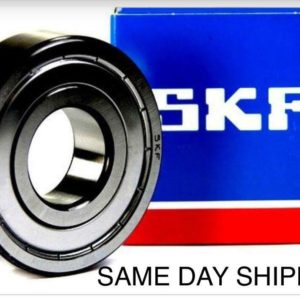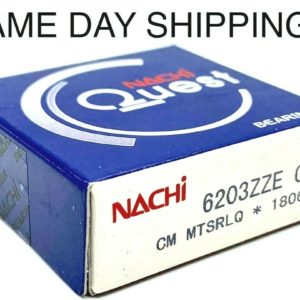Description:
Product characteristics
Category:Speedi-sleeves
Material:Stainless steel
Weight:0,200 kg
ProductID:10245831
Country of origin:United States
Customs tariff number:8484 1000
Dimensions
Inner dimension: 82,550 mm
Width: 20,650 mm
The SKF SPEEDI-SLEEVE is a fast and effective way to refinish worn shaft. It’s quicker than remetalizing or regrinding, and provides an improved sealing system. The outside surface of an SKF SPEEDI-SLEEVE forms an ideal sealing surface. Many popular regrinding and refinishing techniques produce a surface that cannot be properly sealed
The standard range of SKF SPEEDISLEEVE sizes covers shaft diameters from .472” to 8” (12 mm to 200 mm). The SKF SPEEDI-SLEEVE is thinwalled, 0.011” (0,28 mm), and made of high quality stainless steel. The contact surface is wearresistant with a finish of Ra 10 to 20 µin (0,25 to 0,5 µm). No expensive machining or preparation is required before mounting. Downtime is reduced since installation only takes a few minutes
“SKF SPEEDI-SLEEVE. These thin-walled stainless steel shaft repair sleeves can come to immediate rescue when a crankshaft needs a new sealing surface. “
“Low in cost, a SPEEDI-SLEEVE is slipped over the worn area quickly and easily, and provides a surface that is actually harder than that of a new shaft. The same size seal (as the one being replaced) fits snugly onto the new surface. And each SPEEDI-SLEEVE comes as a kit with a disposable installation tool. “
While installation is simple, it must be done with care in order to assure proper results. An installation tool is packaged with every sleeve
Here’s how to install an SKF SPEEDI-SLEEVE
1 Clean the seal counter surface on the shaft. File down any burrs or rough spots.
2 Measure the diameter where the sleeve will be positioned on an unworn portion of the shaft. Measure in three positions and average the readings (to make sure the shaft is within recommended specifications). If the mean diameter is within the range for a given sleeve size, there is sufficient press fit built into the sleeve to prevent it from sliding or spinning without using an adhesive.
3 Determine where the sleeve must be positioned to cover the seal wear track. Measure to the exact point, or mark directly on the surface. The sleeve must be placed over the worn area, not just bottomed or left flush with the end of the shaft.
4 Shallow wear grooves do not require filling. Optionally, a light layer of a non-hardening sealant, e.g. Loctite 209, can be applied to the inside diameter surface of the sleeve. Clean away sealant that migrates to the shaft or sleeve outside diameter surface.
5 If the shaft is deeply scored, fill the groove with a powdered metal epoxy type filler. Install the sleeve before the filler hardens, allowing the sleeve to wipe off any excess filler. Clean away any remaining filler from the sleeve outside diameter surface.
6 The flange end of the sleeve goes on the shaft first. Then place the installation tool over the sleeve.
7 Gently tap the center of the installation tool until the sleeve covers the seal worn surface. If the installation tool is too short, a length of pipe or tubing with a squared-off, burr-free end can be used. Be sure that the inside diameter of the pipe is the same as that of the installation tool. Use care not to scratch the precision ground sleeve outside diameter.
8 Leave the flange intact unless clearance is needed. If the flange is to be removed cut the flange perpendicular to the tear-off groove with a metal shear. Cut only into the tear-off groove, not onto the finished sleeve surface. After positioning the sleeve, use standard pliers to bend the flange back and forth around its circumference and along the shaft axis. The flange will break loose along the tear-off groove. Alternately, grasp the flange away from the seal surface and twist it into a coil.
9 After the sleeve is installed, check again for burrs, which could damage the seal.
10 Lubricate the sleeve with the system medium before installing the sleeve.
11 Proceed with the seal installation.
How to determine the size you need.
To determine the appropriate sleeve size, it is first necessary to clean the shaft carefully. The diameter of an undamaged section of the seal counterface should then be measured on at least three different planes. The arithmetical mean of these measurements determines the size of SKF Speedi-Sleeve. If the value lies within the permissible range listed in the product table for the shaft diameter, SKF Speedi-Sleeve will have an adequate tight fit on the shaft and will not require an adhesive.
Package Include:
One Speedi Sleeve SKF


